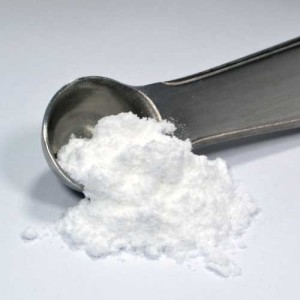Exercising and working out is a necessity to maintain a fit body. But, every human being likes to create shortcuts and discover new ways to find the best way to preserve that goal. Throughout high school, I always heard of kids taking different supplements and people accusing them of “cheating” to become so fit. The one supplement I heard most frequently and took the world by storm was creating. Typically, when a new protein or supplement releases doctors quickly release a statement notifying the public of the dangerous outcomes of types of usage. My friends would not stop clamoring about it and how everyone should take it so I became curious. I have yet to hear anything negative about it so I decided to do research on it to figure out about the fascination of it.
The focal point of using creatine is to add body mass and improve athletic performance. Creatine is an amino acid that is made in the human body within the kidney, pancreas, and the liver. The supplement transforms to phosphocreatine which is stowed in the muscles than in which transforms again to finally turn to ATP. ATP is essential is muscle building, but there is a limited supply. Therefore, this is where the creatine works its magic. It rapidly creates the ATP to bring about a recovering affect that leads to more effective muscle building.
Two groups are high in creatine use: athletes and body builders. Athletes assume if you are adding body mass you are becoming stronger, which leads to results on the field. No research has been done on the field, all have come within laboratories during experimental testing. Researchers are still struggling to find an answer on whether creatine increases performance or not, but they have noticed the body uses more fuel during exercise which leads to an increase in muscle mass. Creatine is not illegal within collegiate sports. The athlete is allowed to use the product as much as he/she desires, as long as the team or school does not provide it for them. Which leads to my next topic, I have only listed off benefits of creatine, but you are probably wondering why it is in consideration of a ban if it only creates positive influence.
There are a various amount of positive outcomes that come out of creatine use. But, parents and doctors tend to reiterate the negative effects as frequently as possible. Studies have shown creatine Weight gain, muscle cramps, muscle strains, upset stomach, diarrhea, dizziness, high blood pressure, liver dysfunction, and kidney damage. With the current research found, the only cases of negative side effects have been found in athletes taking obsessive dosages.
While there has been negative side effects found, there has also been positive effects involving diseases. It shows it might help lower triglycerides in men and women to help them stay away from heart disease. Creatine also has been to show that there are also anti-cancer properties involved. There also has been positive findings within Parkinson’s, COPD, and ALS.
When people hear of supplements and protein they are typically scared and are told to stay away and workout all-natural. To figure out the real answer, in depth research should take place. Creatine has benefits in more than one area. Negative side effects have only been found in limited research with improper dosage. Just like with every antibiotic, protein, or supplement to get the correct results one should take it properly. In my opinion, if someone is taking it for the right reasoning and received professional advice, they should not shy away from it. Who knows, it might be a gateway to healing cancer one day.
Sources:
https://umm.edu/health/medical/altmed/supplement/creatine
http://europepmc.org/abstract/med/10731017
Photo URL: http://www.theissnscoop.com/tag/creatine/


